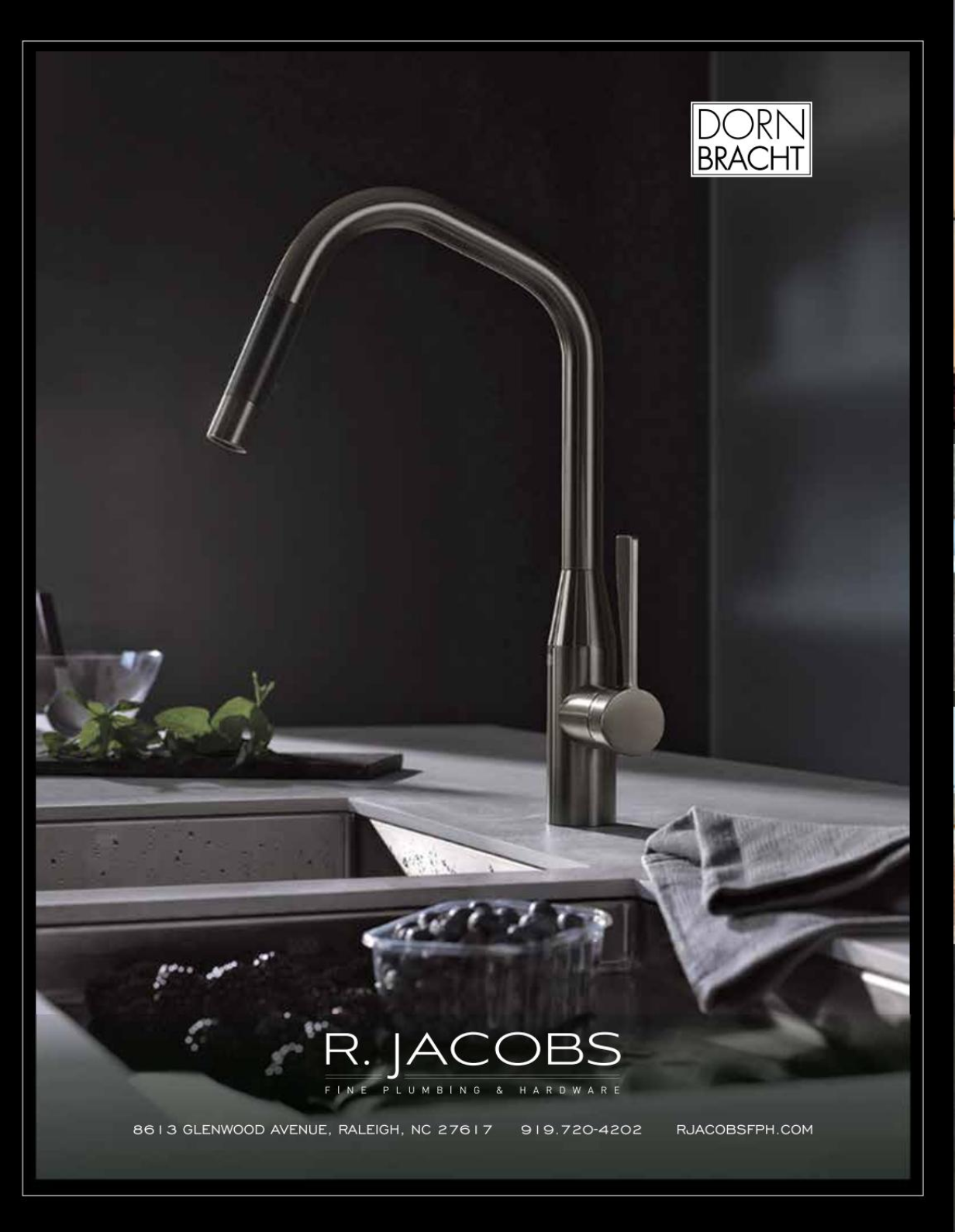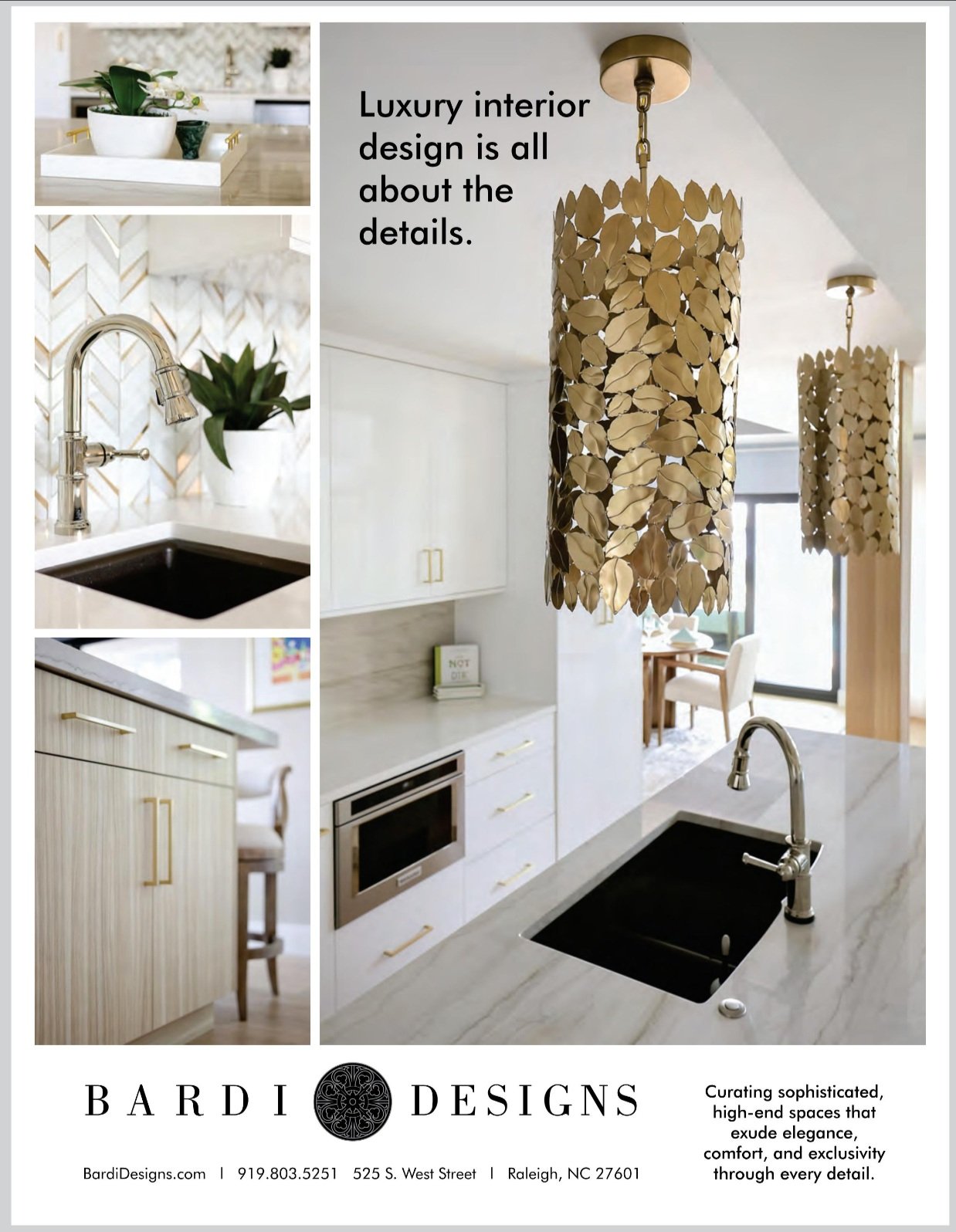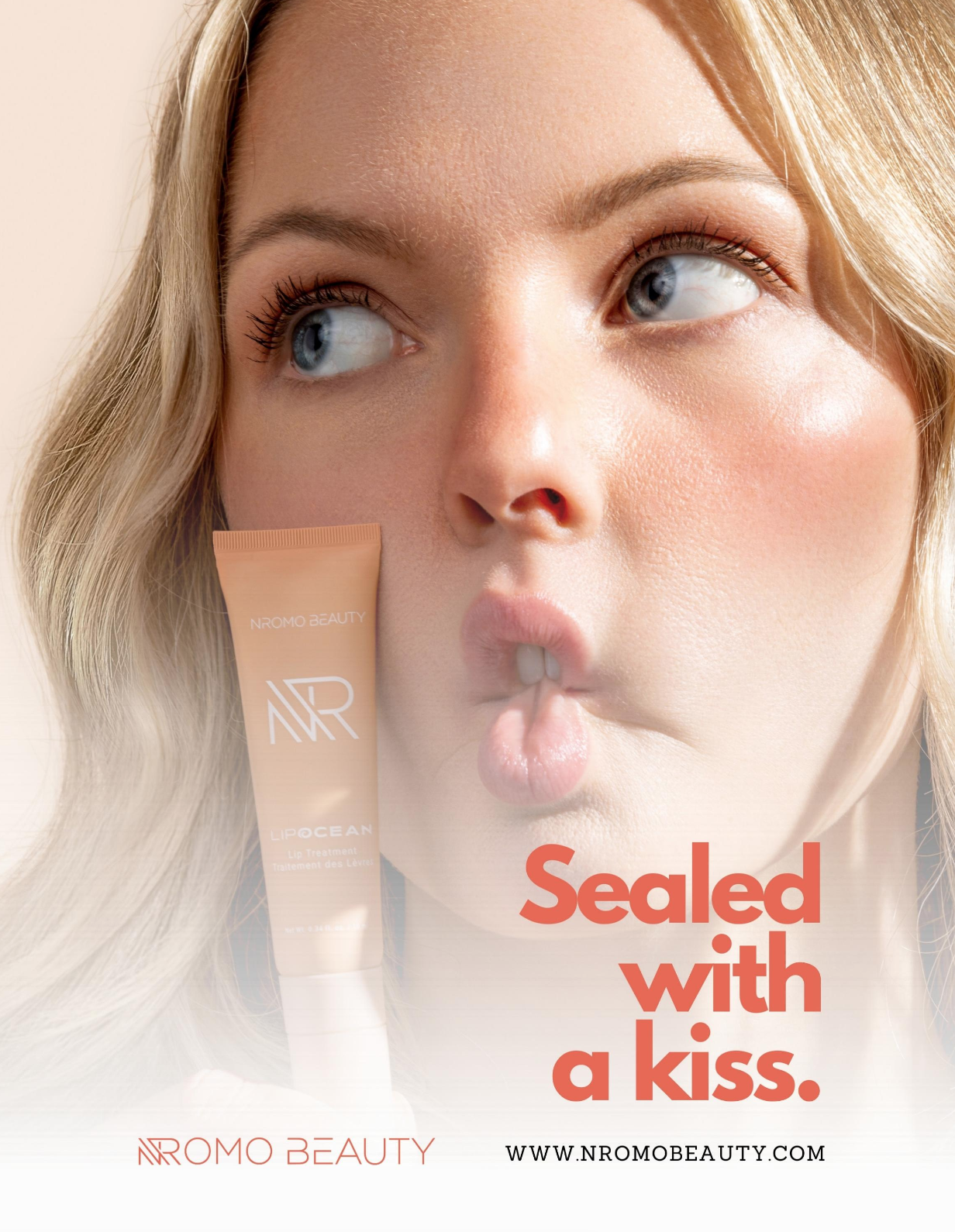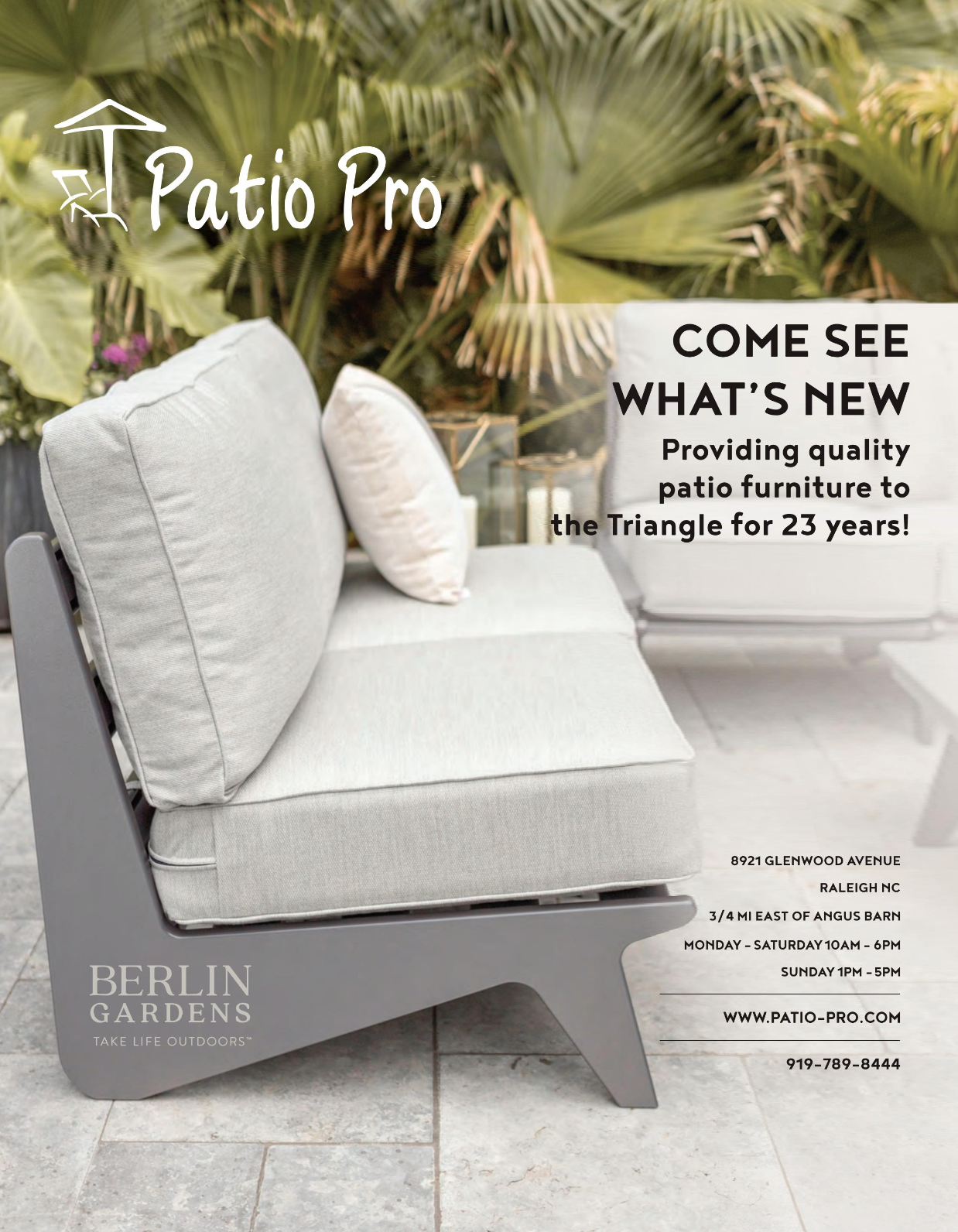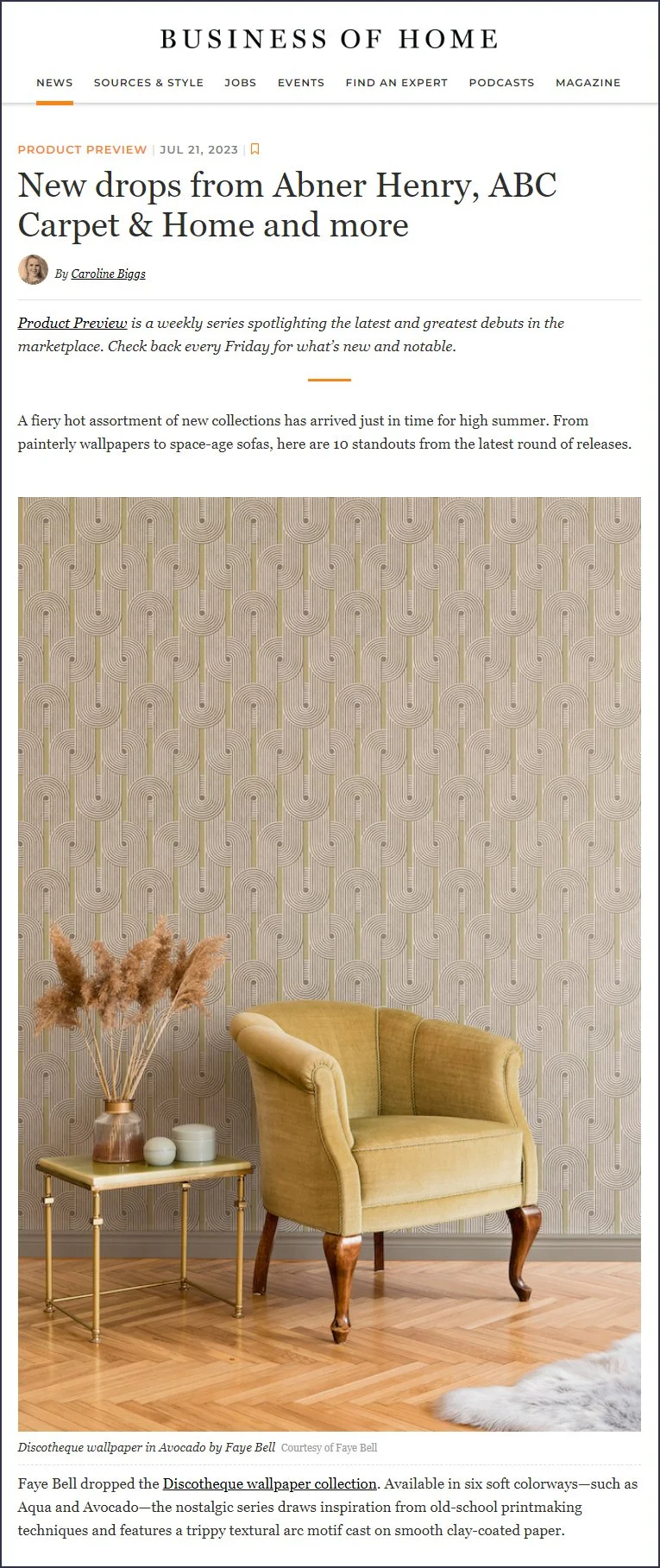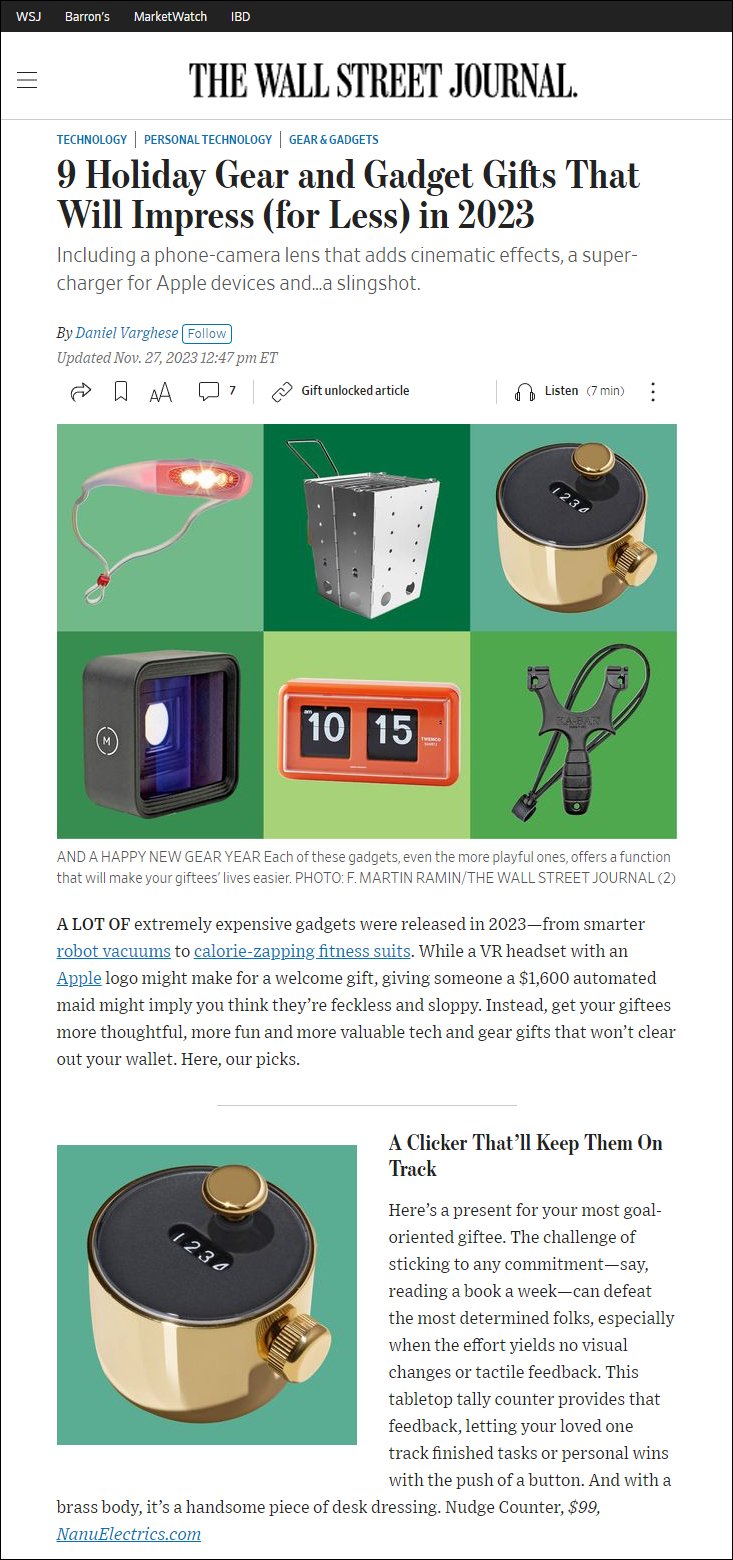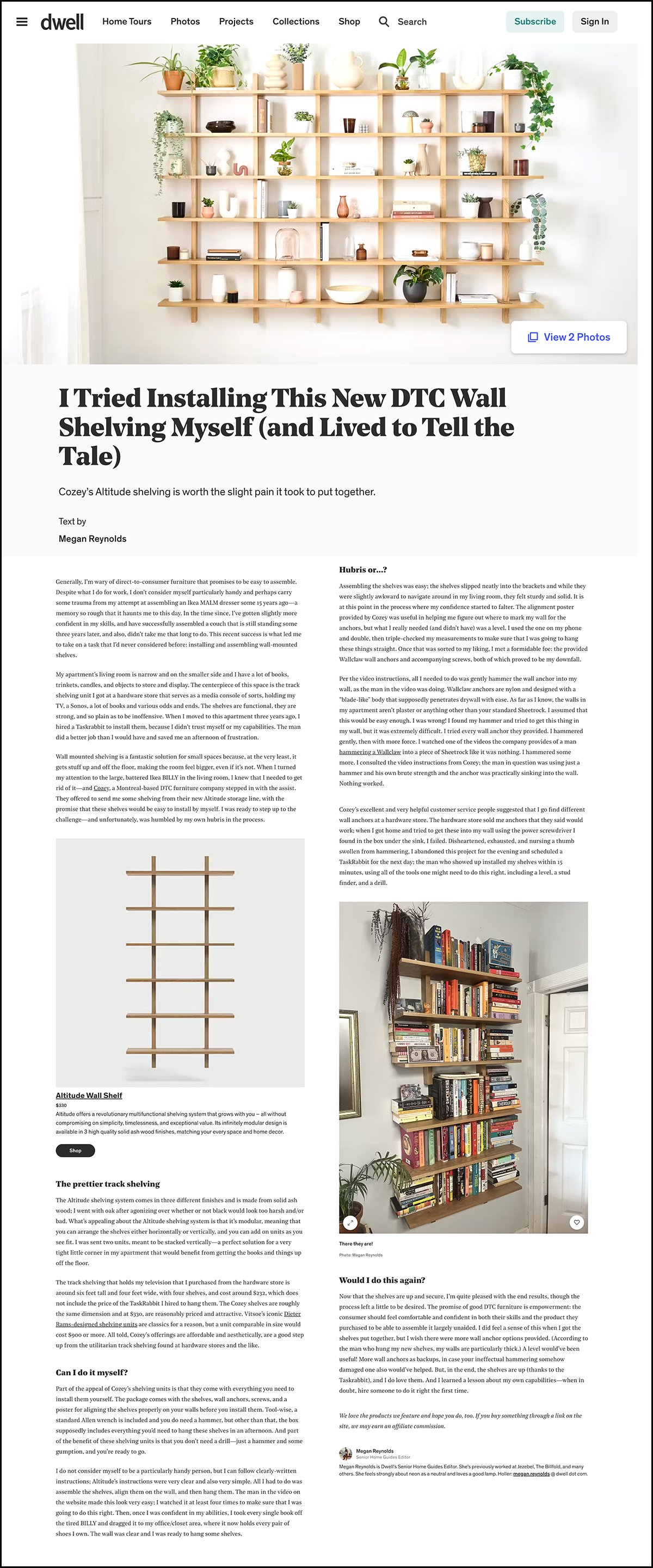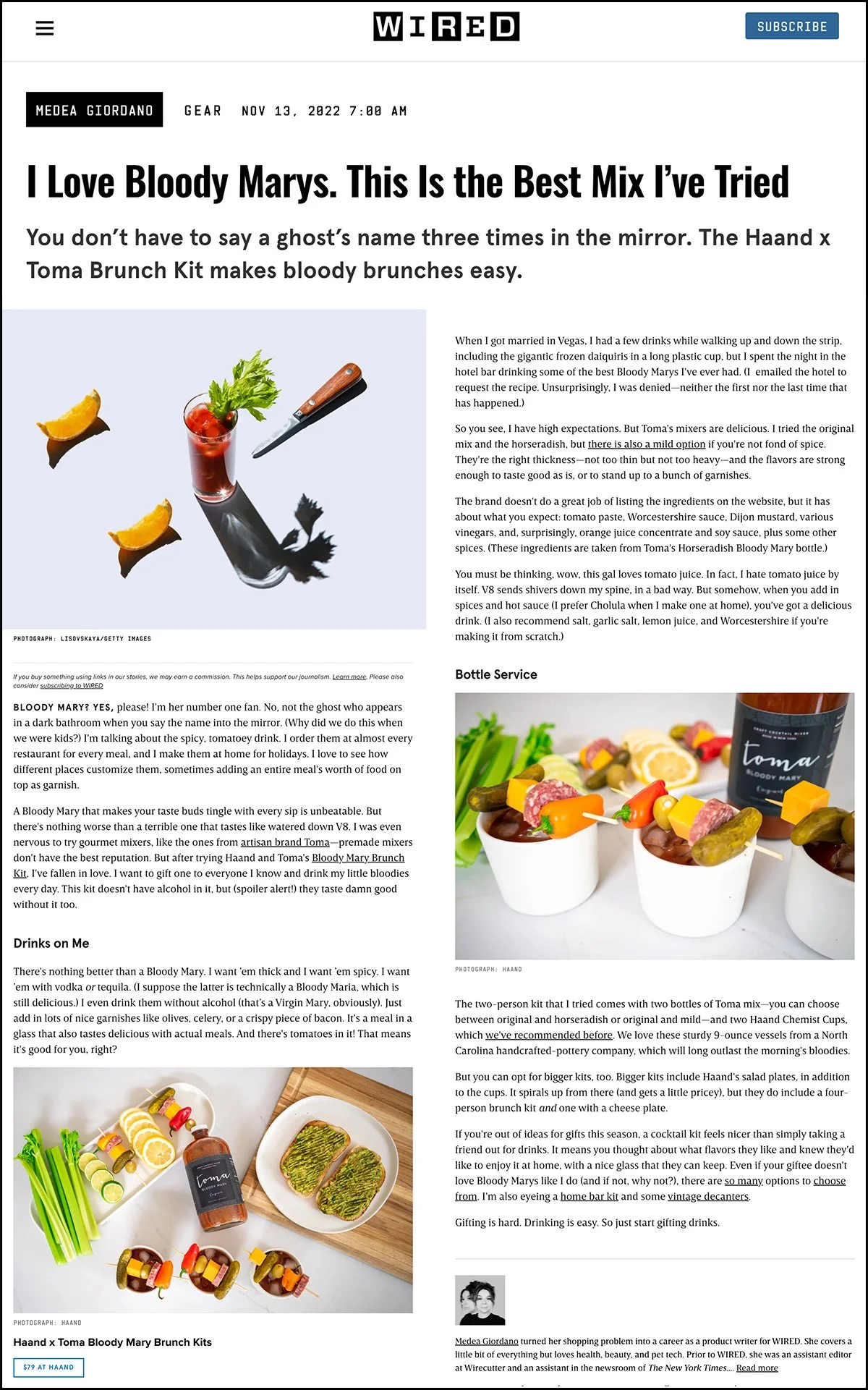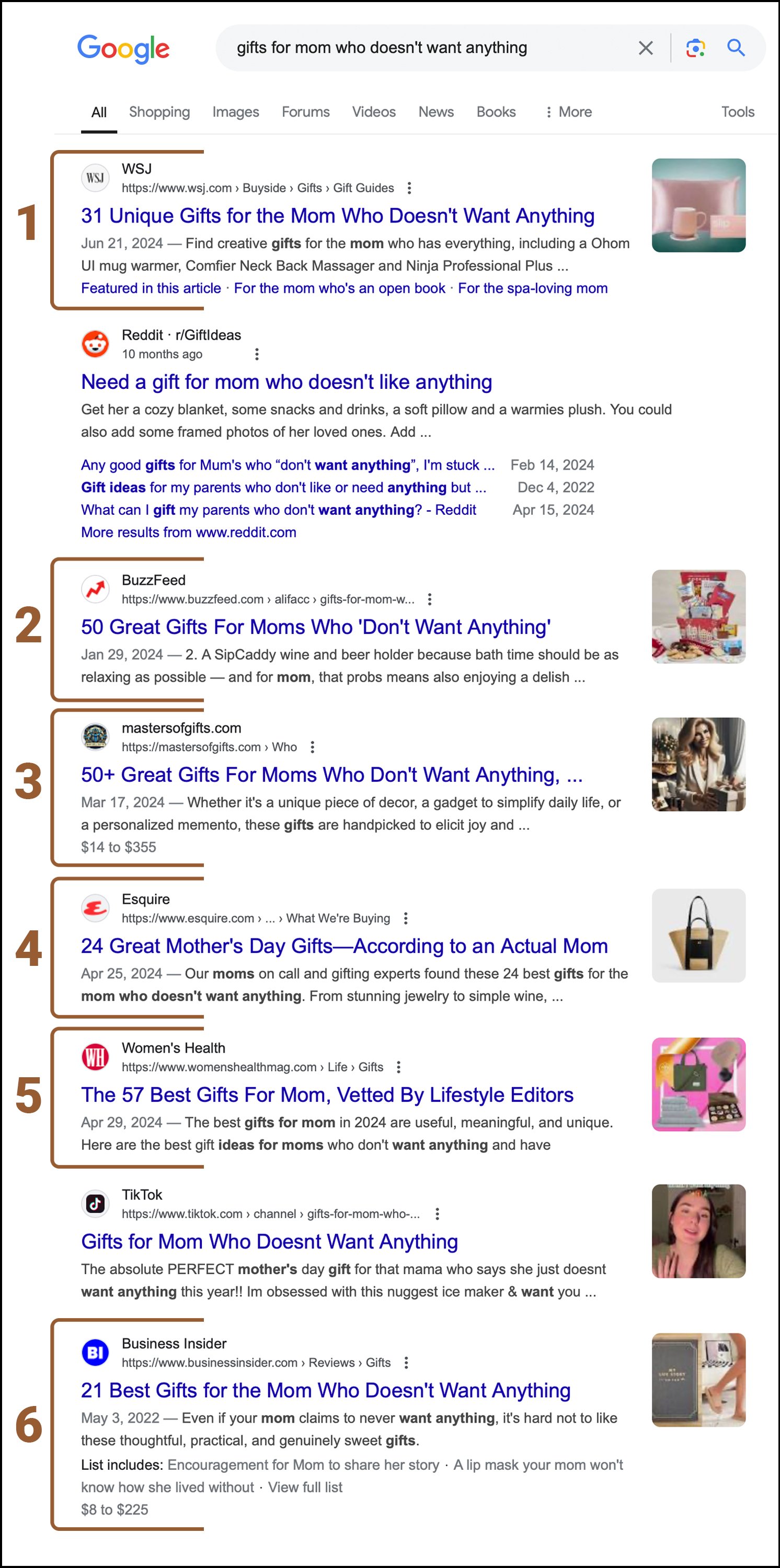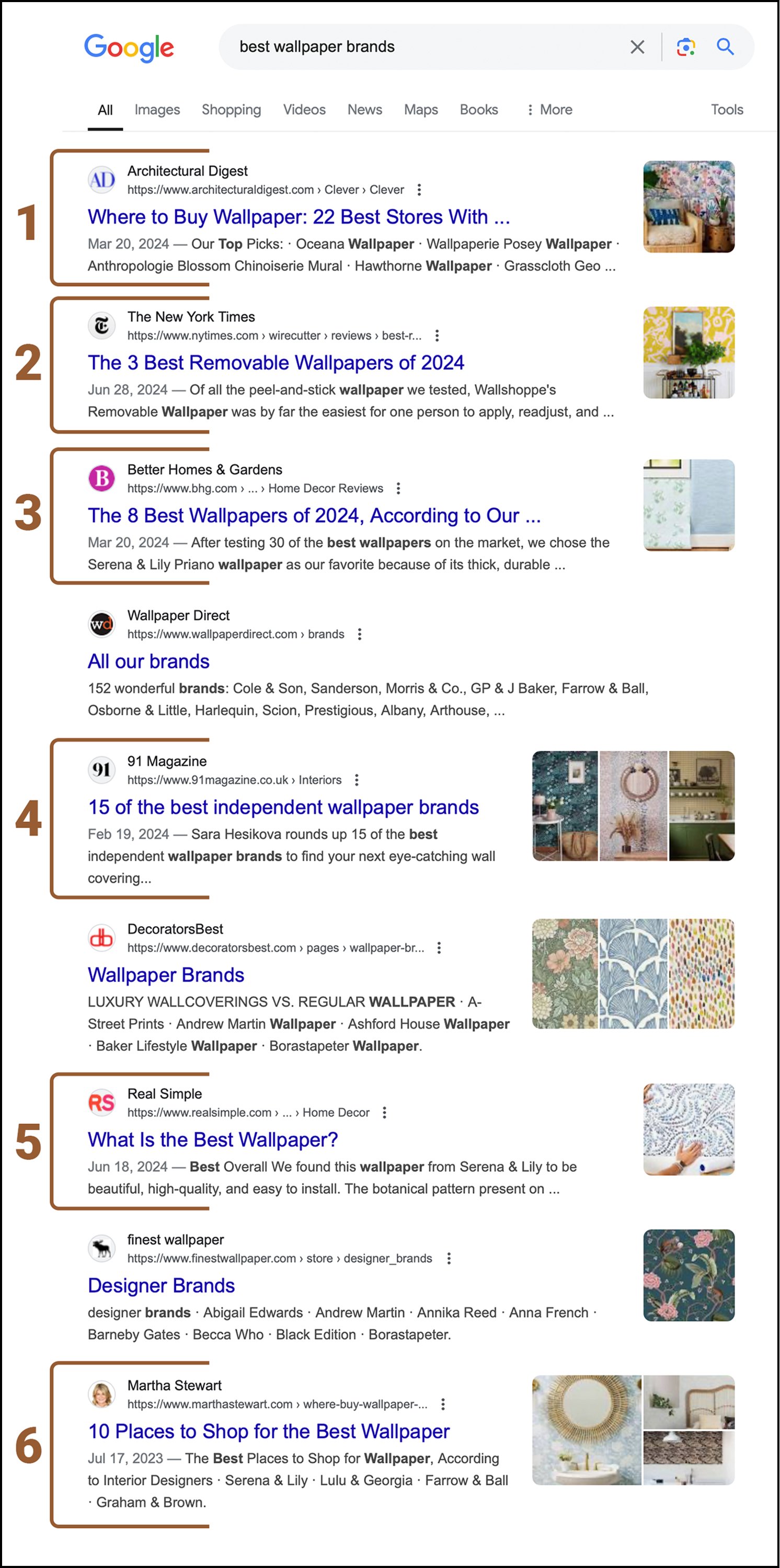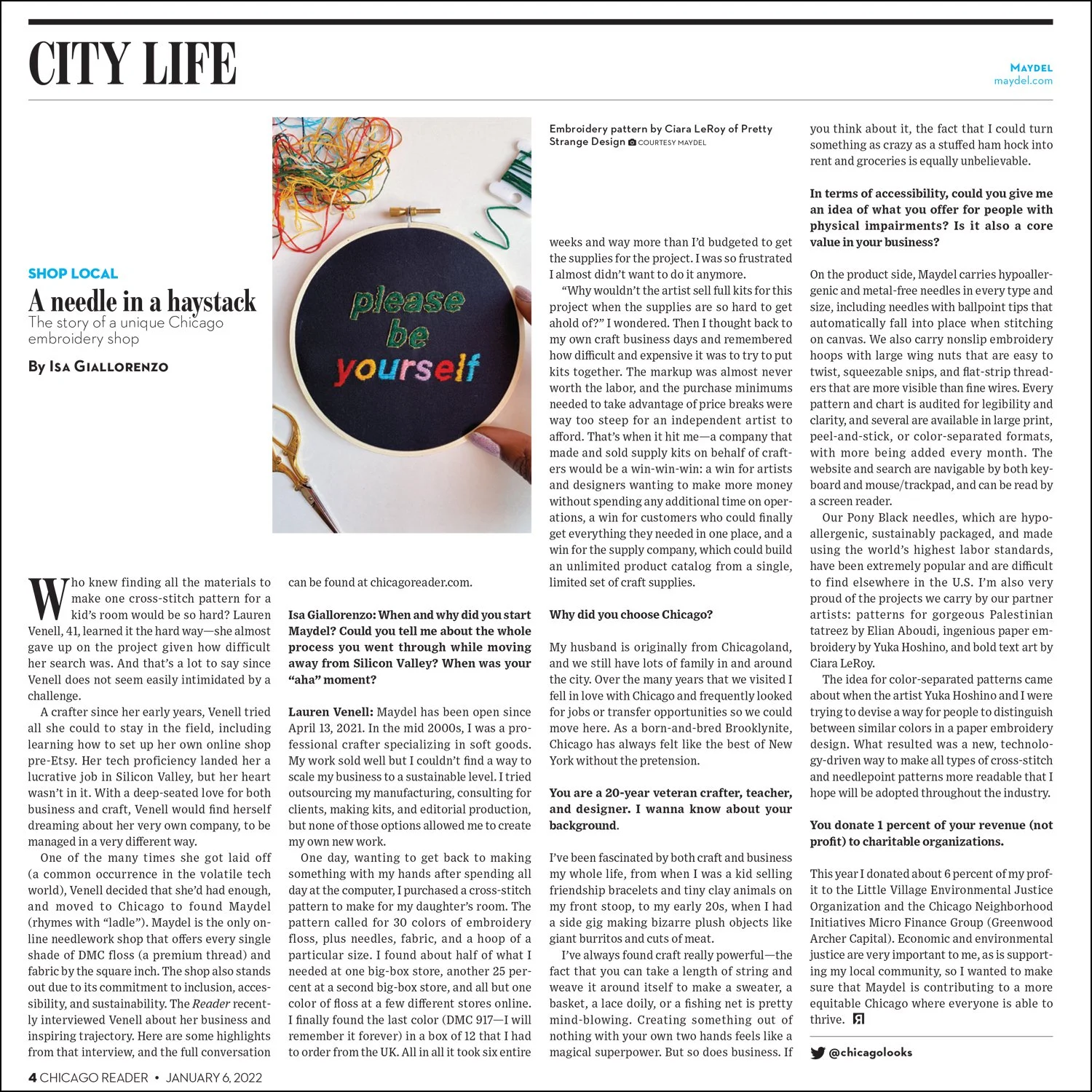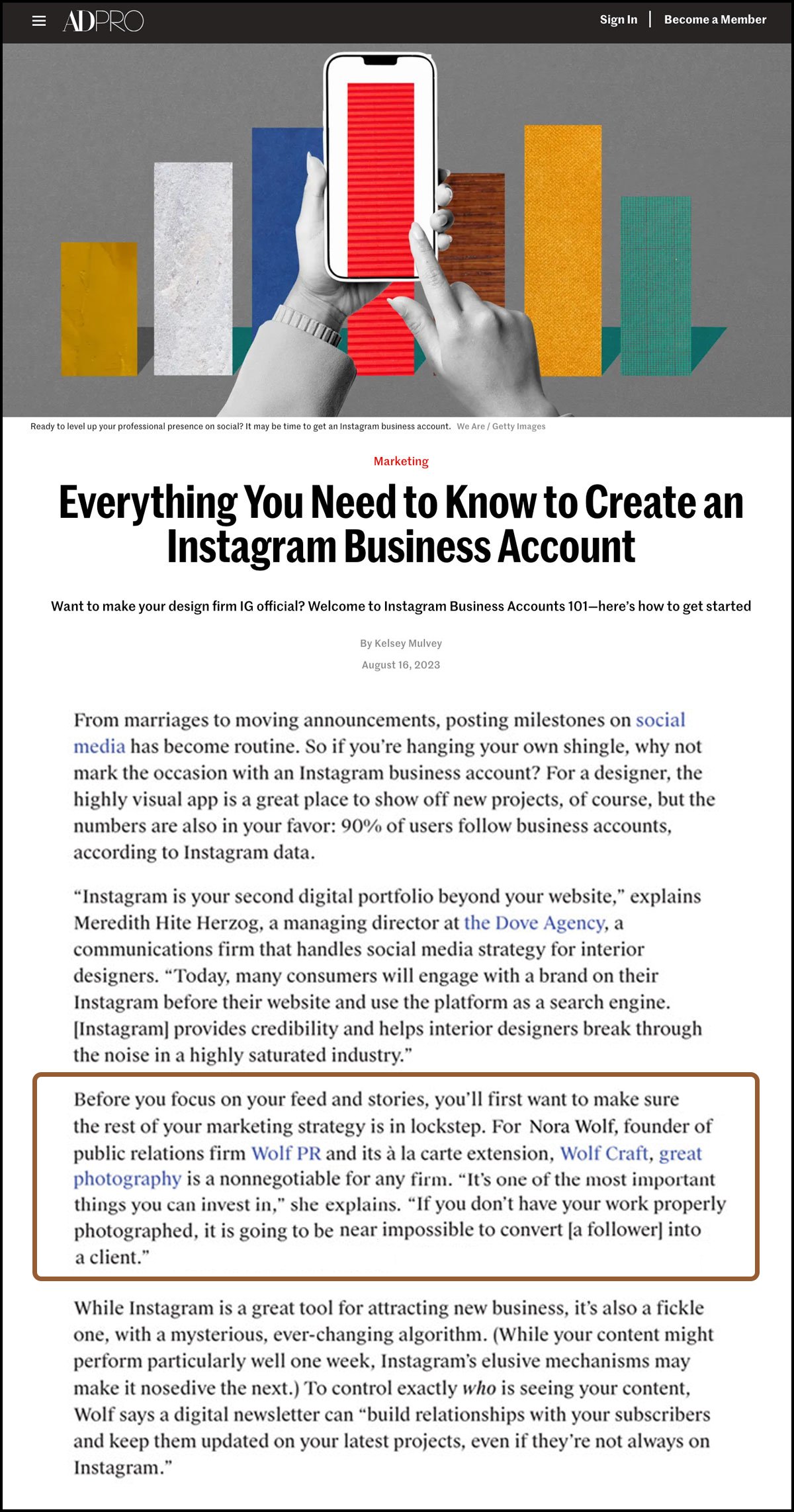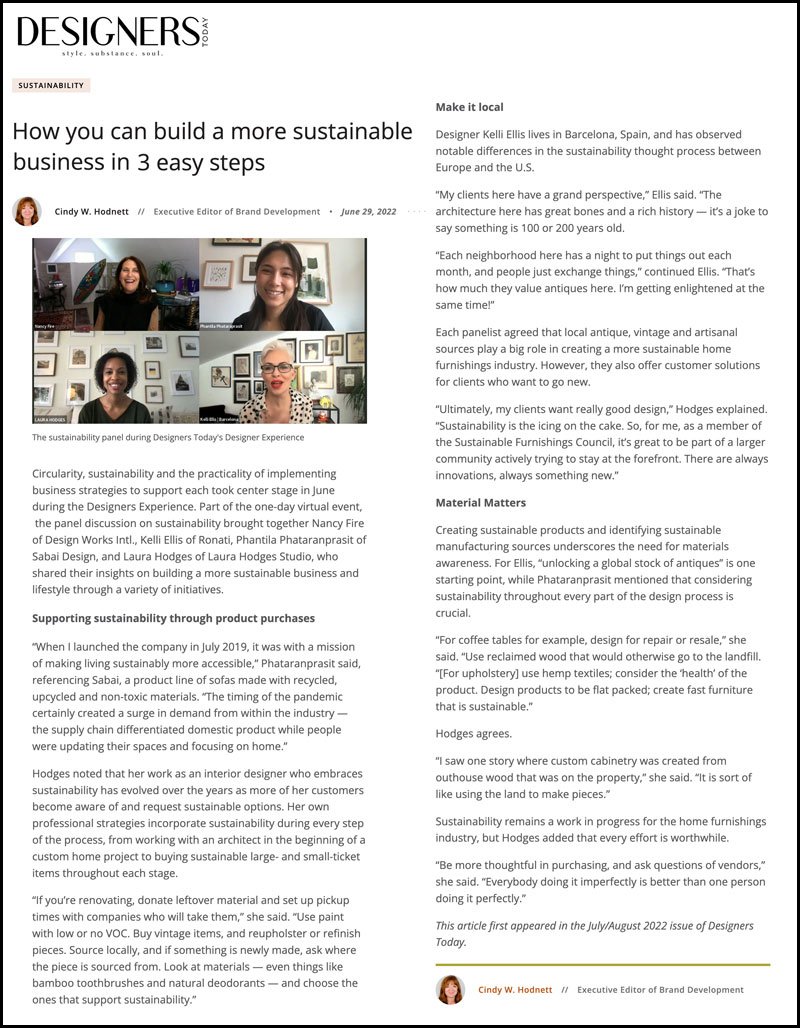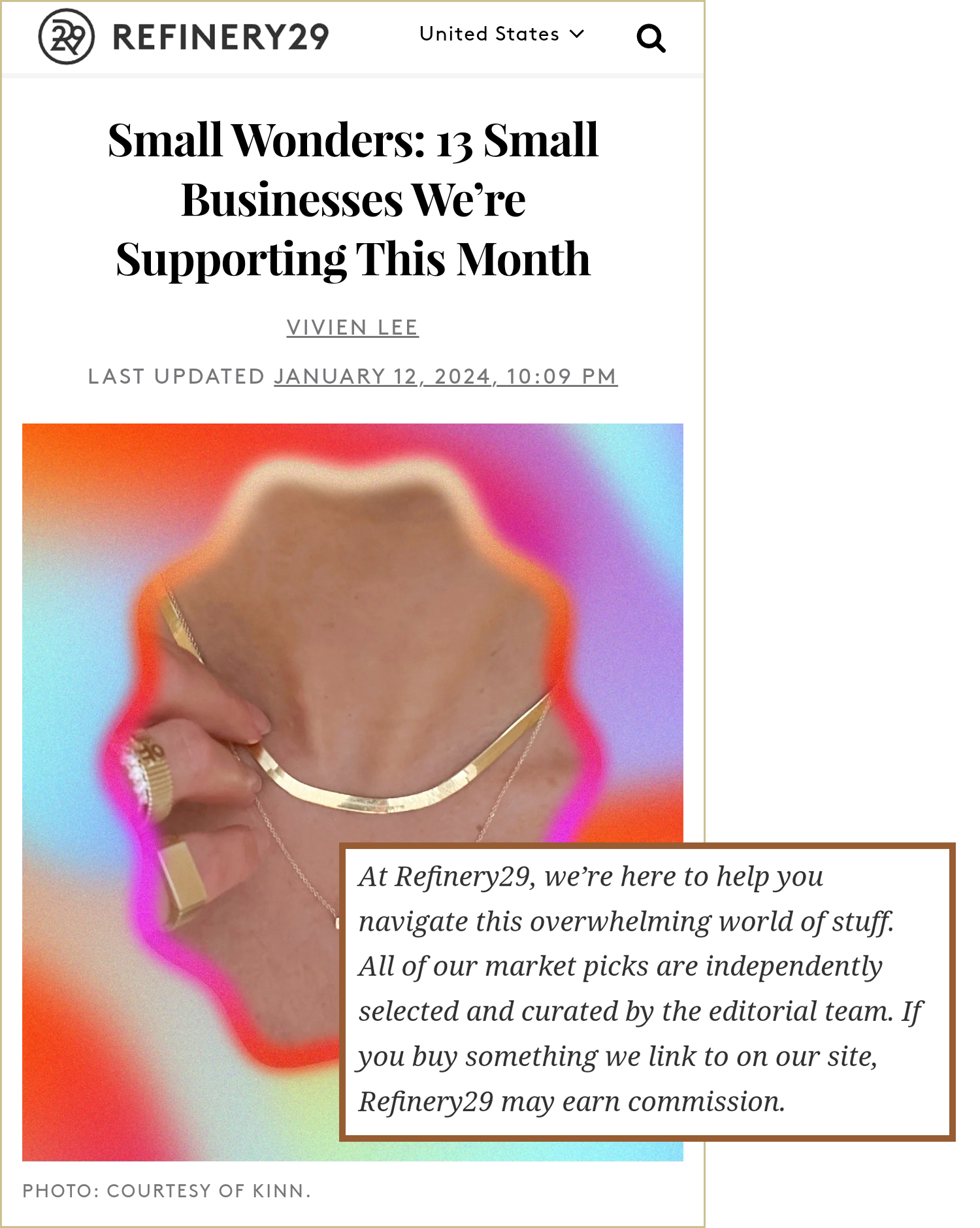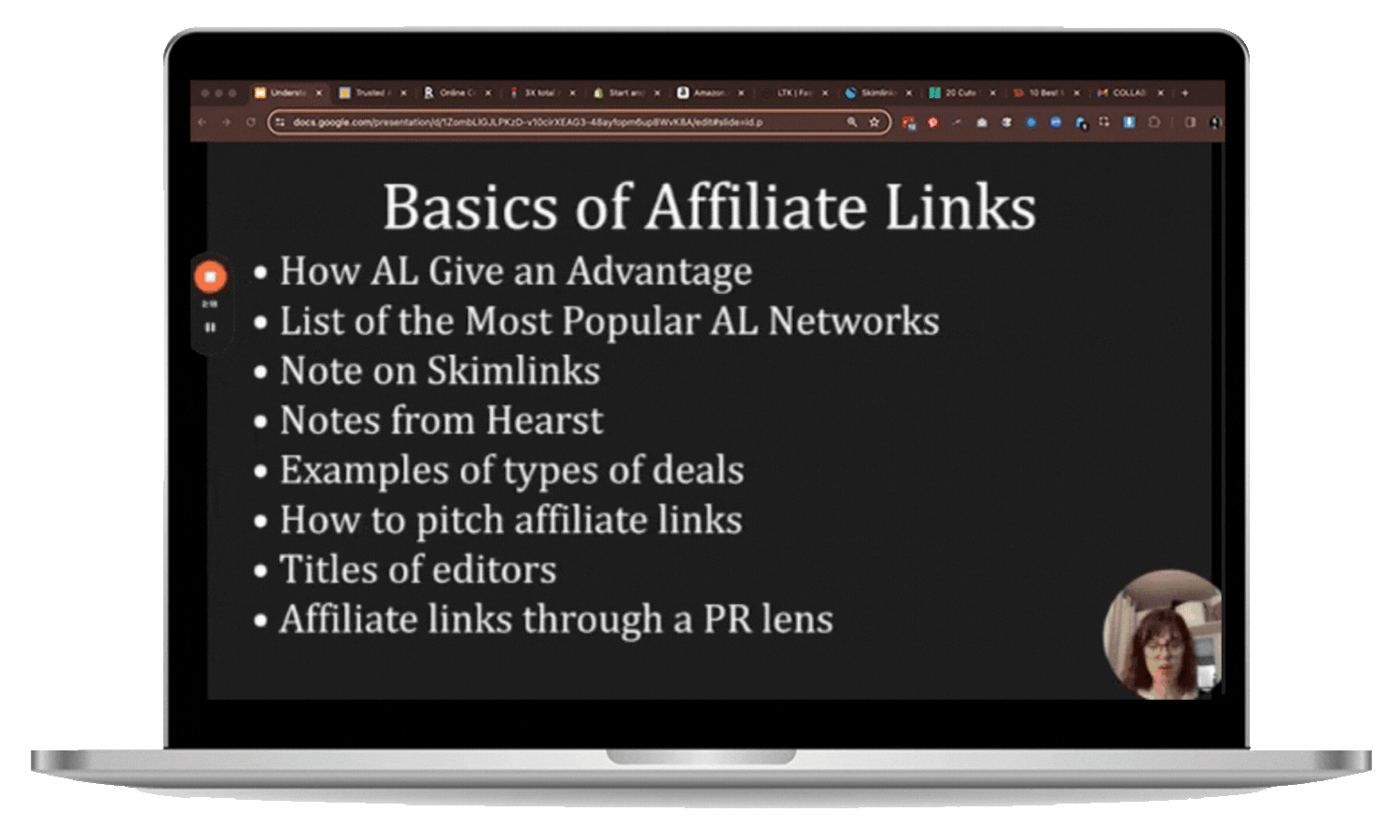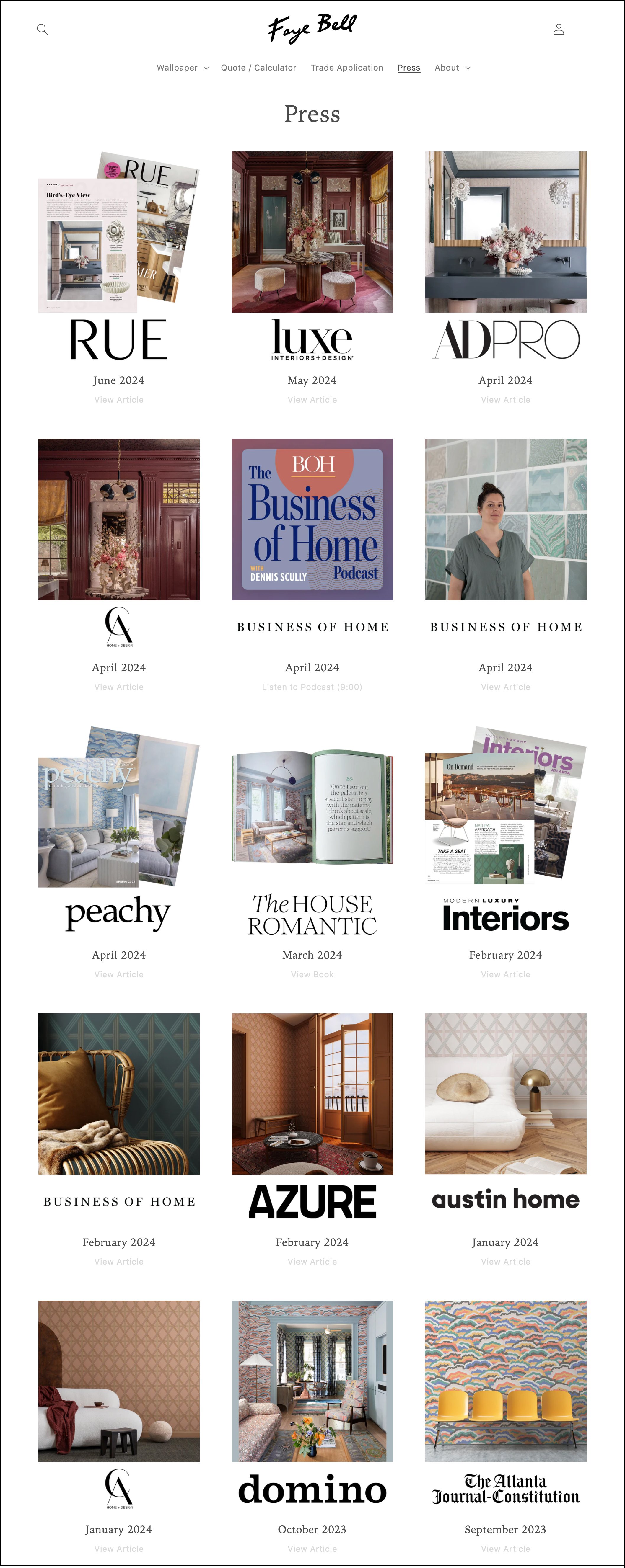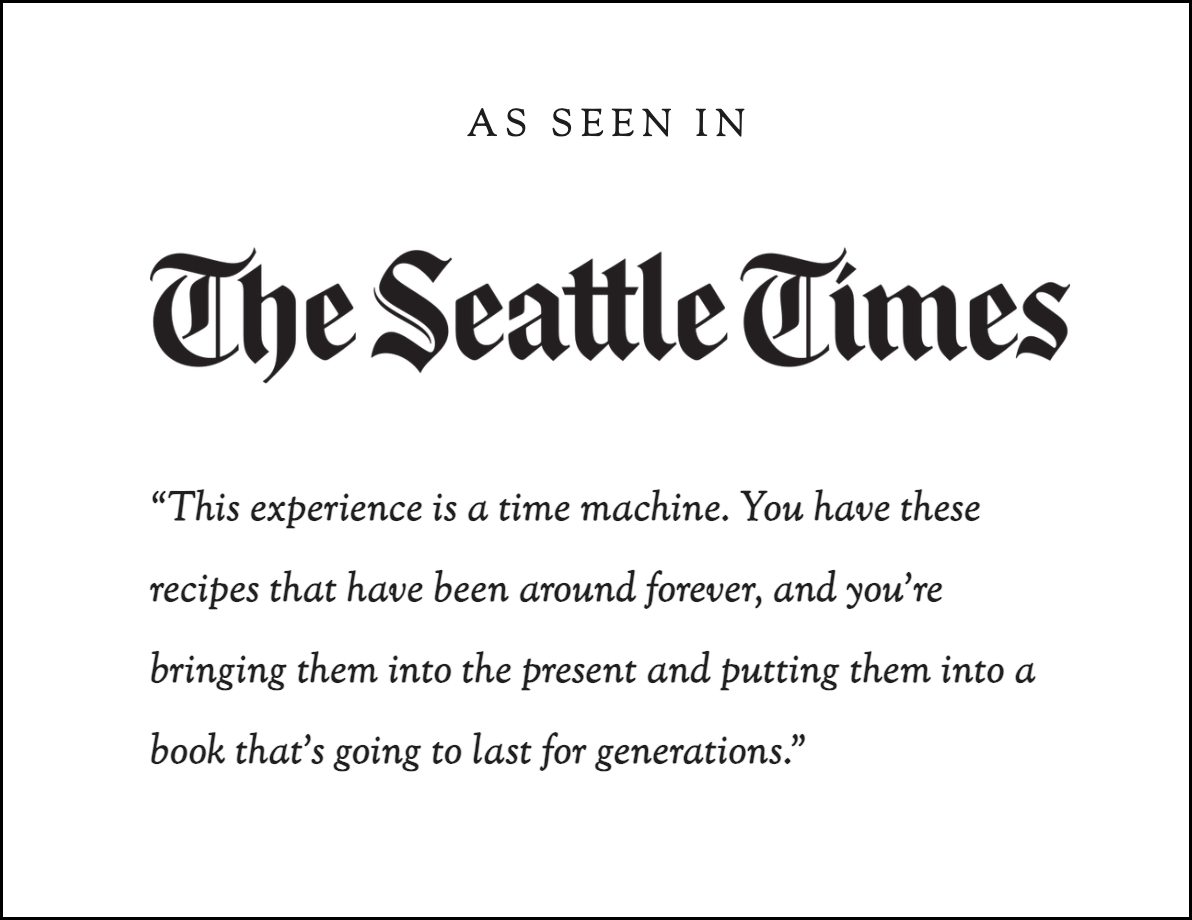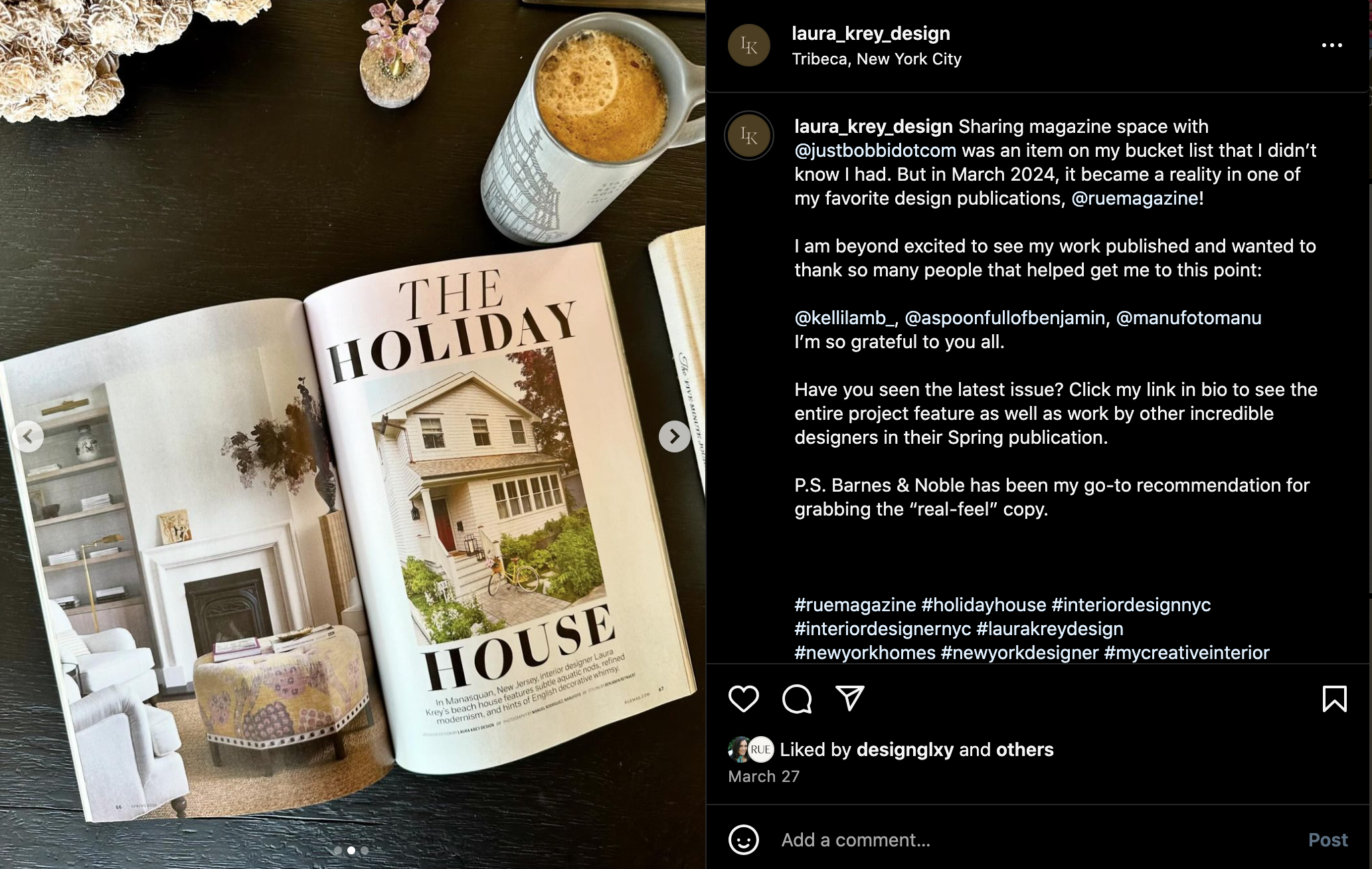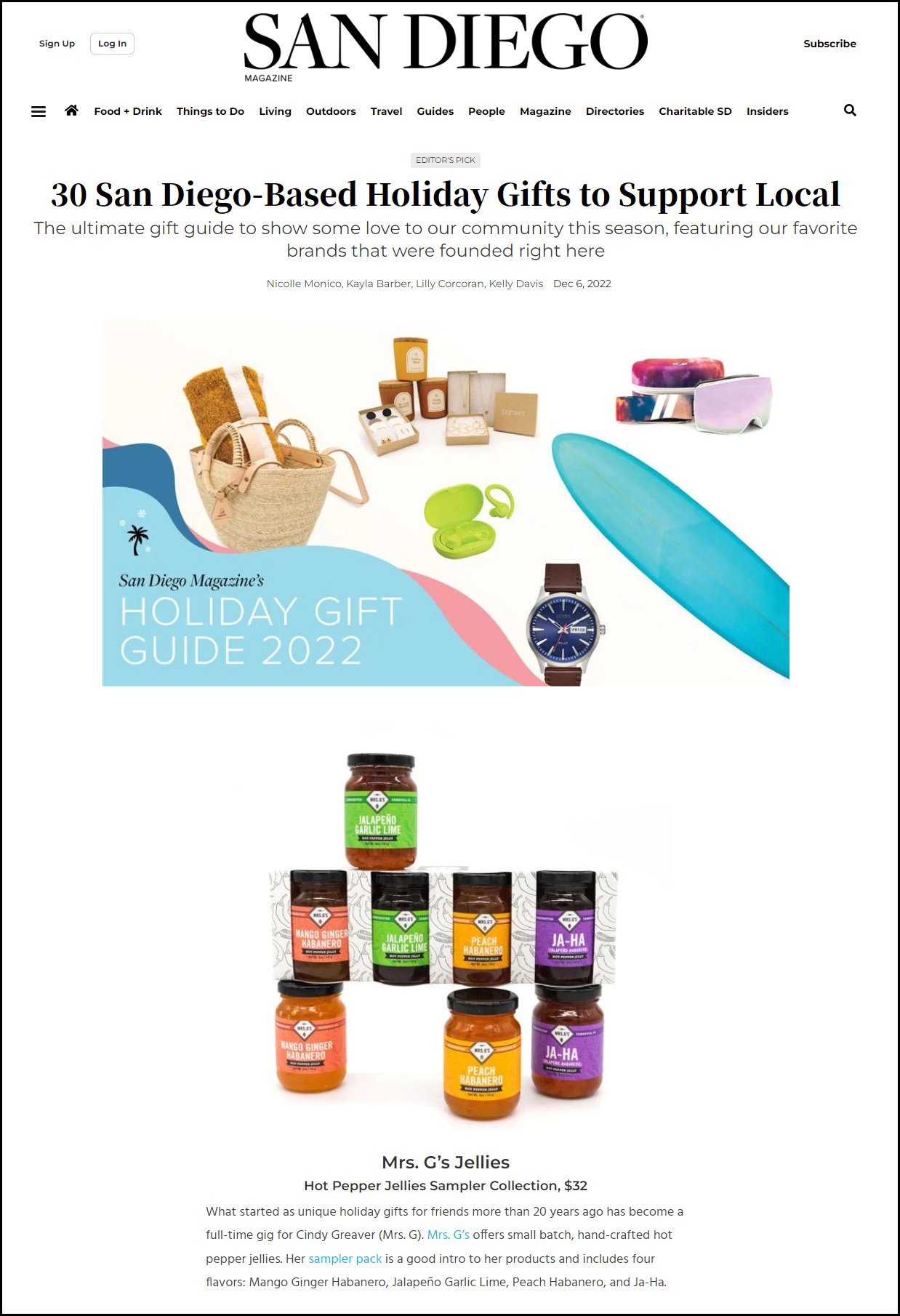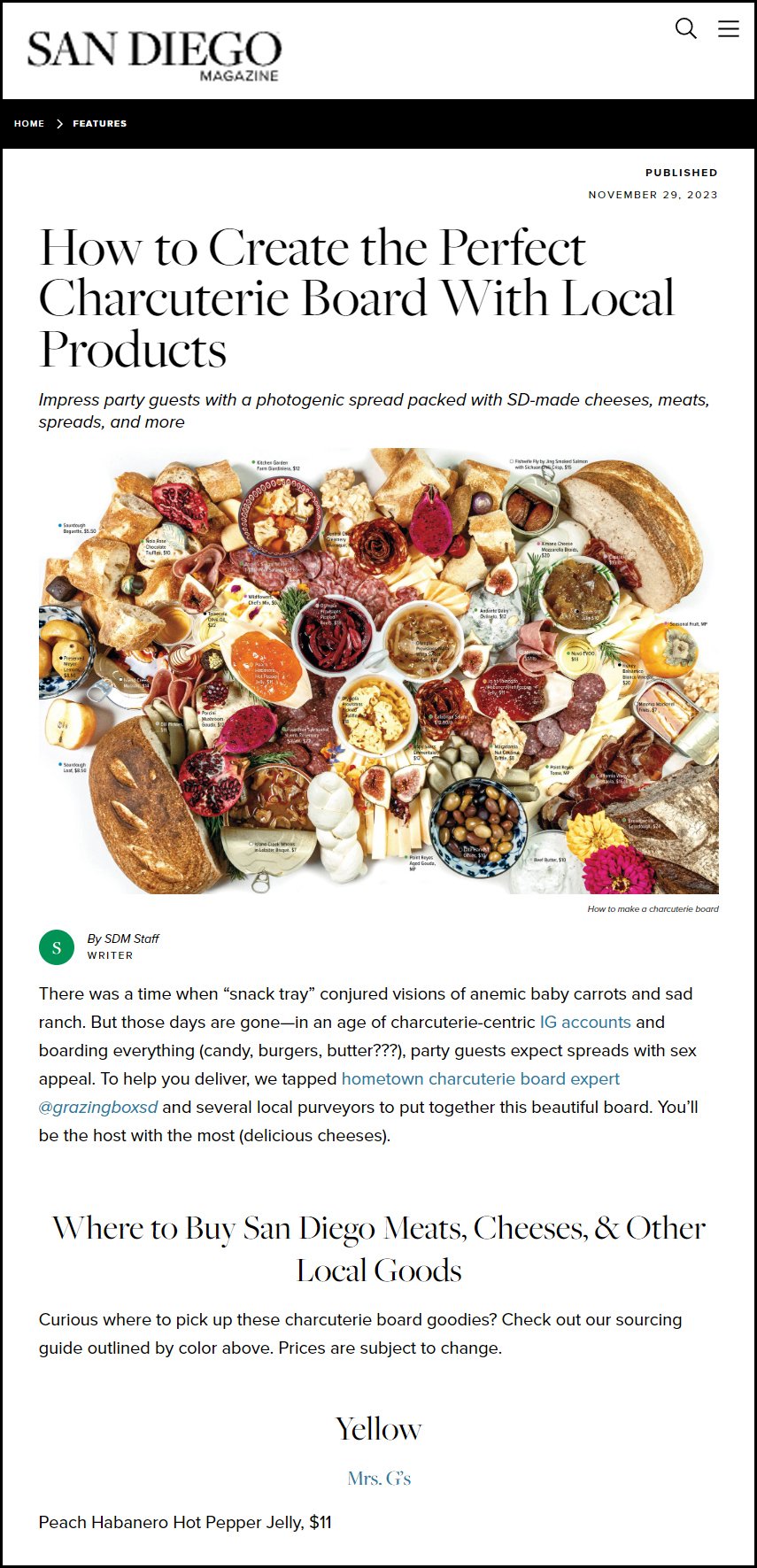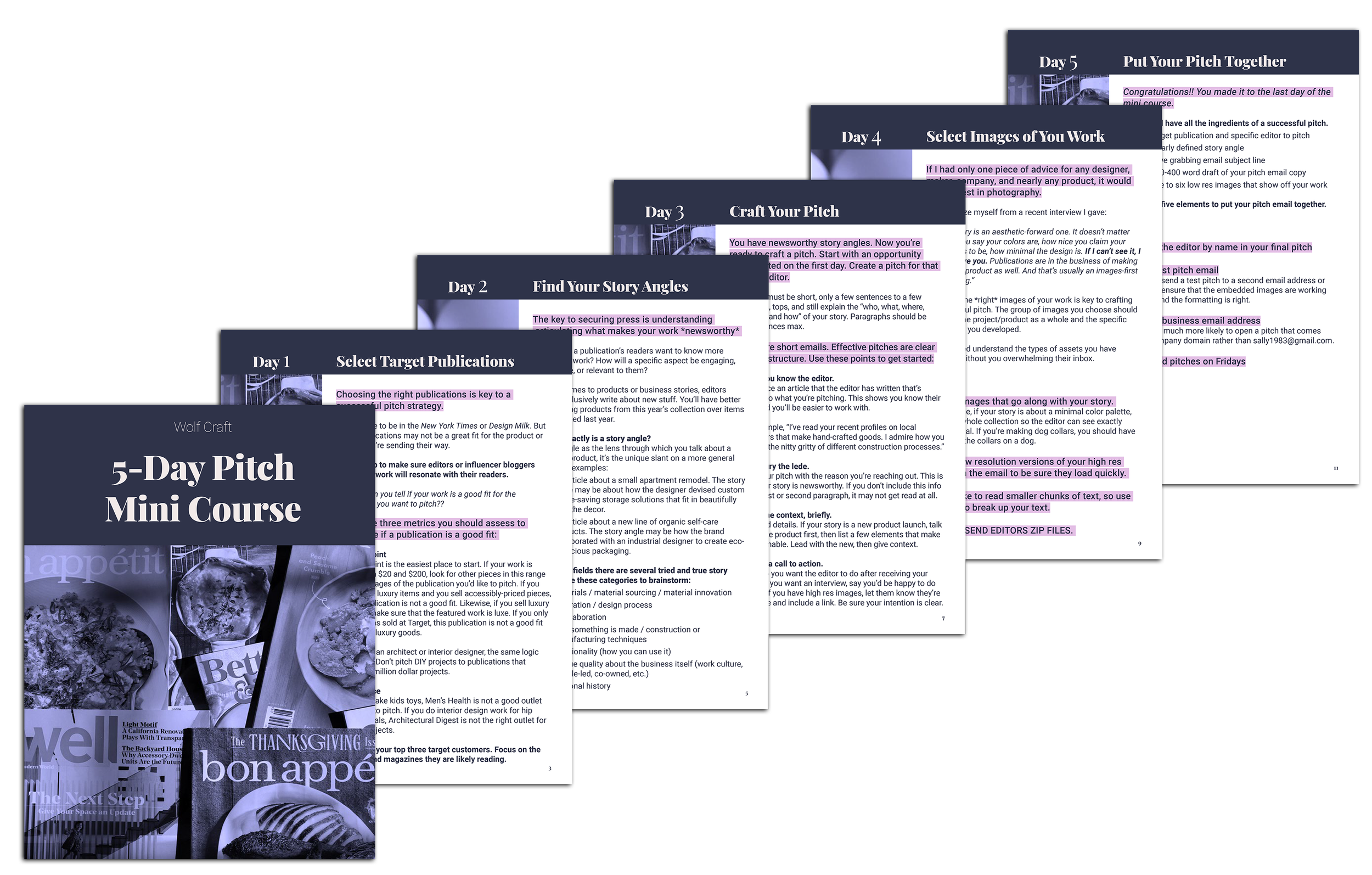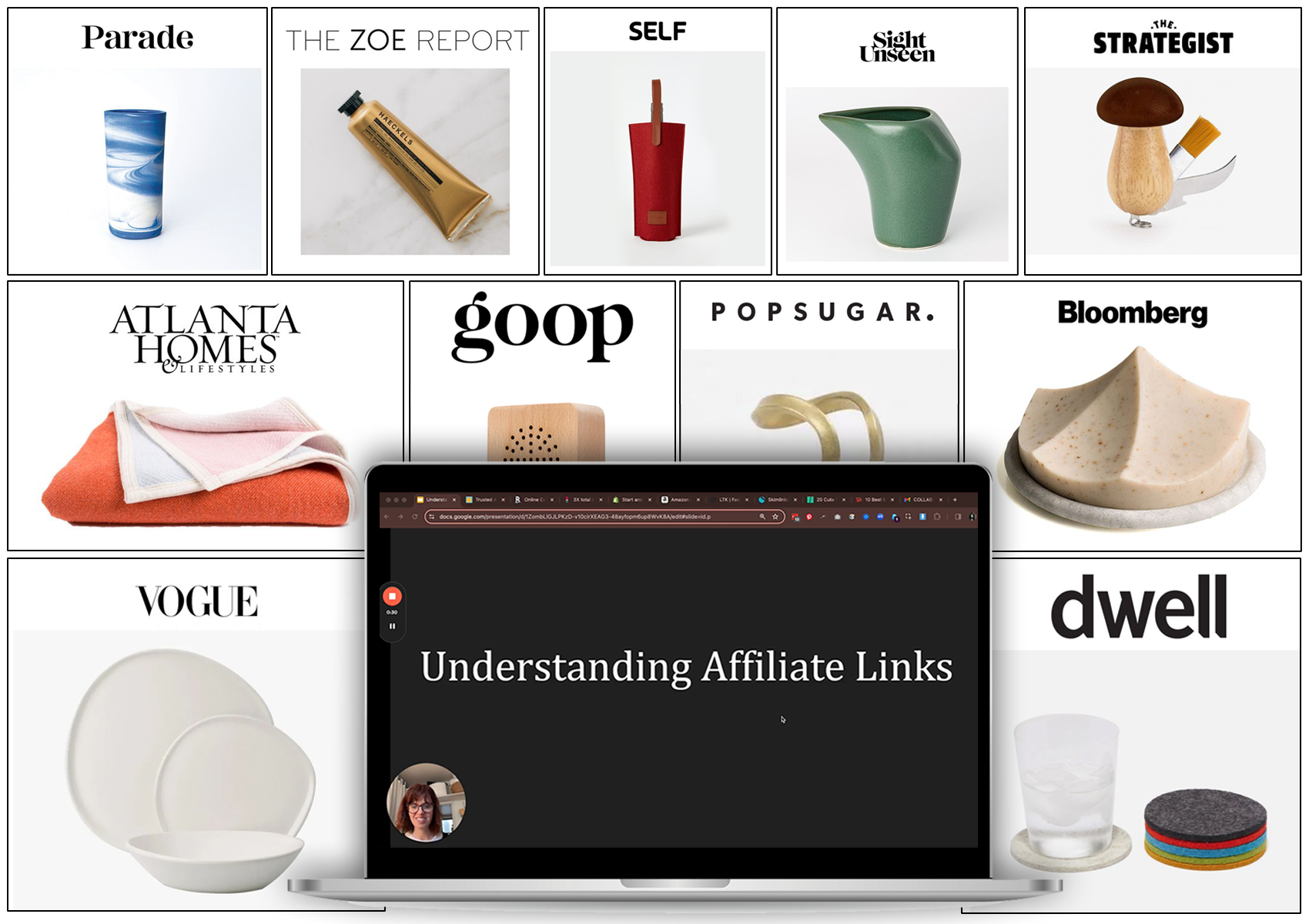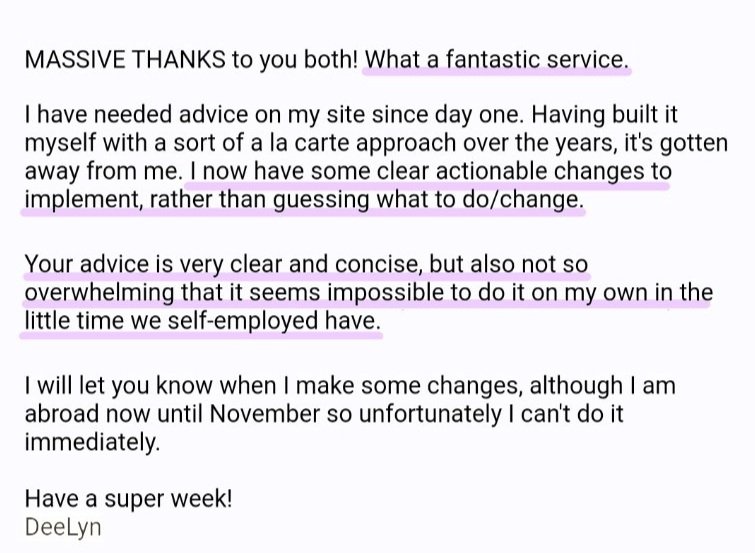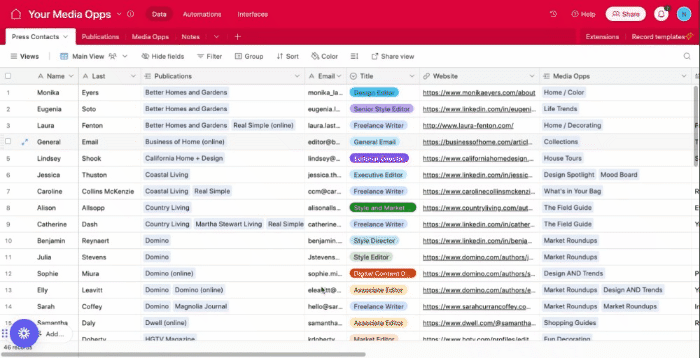Why PR isn't Advertising. AKA What is Earned Editorial Anyway?
One of the biggest misconceptions about getting press in magazines, blogs, podcasts and newspapers is that brands pay for this coverage. Even after 17 years as a publicist, many of my friends still think I work in advertising. The confusion is understandable. Advertising is a huge part of media, and media placements are often surrounded by ads.
To add to the confusion, these placements are called “Earned Editorial”, which can make it sound like someone is buying media coverage.
Earned Editorial actually means that editors select work to publish based solely on merit. The decision makers, aka the editors, believed that the work was good enough to feature. No money exchanges hands. Placement is *earned* making it Earned Editorial coverage.
This is good news for anyone reading. With a little bit of training, you too can get earned media without paying a dime.
So, why is understanding the difference between advertising vs earned editorial important?
Readers trust editorial coverage much more than advertisements. That’s because the product or service covered has an independent third party voice.
As you can see above, editorial content is the third most trusted way people find out about something new! Your potential customers find all forms of ads less trustworthy than earned media placements.
Three Types of Advertisements
1) Banner ads
Banner ads are paid advertisements placed on web pages, designed to blend with the site, but meant to get clicks. They serve two purposes:
Create brand awareness (just like media placements do!). This is measured through impressions, or how many people see the ad, even if they don’t click through.
Increase traffic to your site, which can generate new leads and sales. This is measured through click-throughs.
BUT, banner ads don't engender trust the same way earned media will. If you look back at the trust chart above, banner ads have the lowest trust percentage of all types of ads. If your ad blocker isn’t turned on, I’m sure you’ve clicked that blue “X” enough times to know why.
2) Print Ads
Print ads are just what they sound like. They’re advertisements in print media, namely newspapers and magazines. They can range from something as small as a quarter page to a multiple page spread. Print ads can:
Create brand awareness (again just like media placements do!). Unlike digital ads, impressions can’t be accurately measured. The projected reach and thus the cost, is determined by the publication's subscriber numbers.
Build your connection to a publisher. Magazines and newspapers will include brands who don’t advertise with them, *but* having an existing advertising relationship can help increase frequency and quality of earned editorial media coverage.
Help your brand make a big impression. Print ads are a great place for a brand to share their aesthetic point of view and make a statement!
3) Branded Content
Branded content is another type of ad. In the industry it’s often called “Advertorial” or “Sponsored Content”, a label you may see in the article’s byline. These are typically created by magazine publishers and their editorial teams, making it hard for readers to distinguish from earned editorial content.
This approach focuses on storytelling aligned with a brand's story or value props rather than overt product promotion, which better creates trust with the audience. As a result, readers often engage more with branded content over advertisements (still less than earned editorial though!), not realizing it differs from regular articles.
Four Types of Earned Editorial Features
Now on to my area of expertise, and why you’re likely here, press hits!—aka Earned Editorial. All the examples in the rest of this post are either Wolf Craft clients who secured earned editorial features on their own, or placements I got for clients of our sister company, Wolf PR.
1) Product Round-ups
Magazines and blogs often write "roundups" that recommend the top products in a category to readers looking for the best of that kind of thing. For instance, a wallpaper designer with a nature-inspired collection might be included in an article like "The 10 Best Wallpapers to Bring the Outside Inside."
Another example of a product roundup is a gift guide! Readers are always looking for what to buy for other hard to shop for people in their life.
Faye Bell is a wallpaper designer signed up for our Custom Media List & Opportunities Kit service. She's been able to place her work in several product round ups at top design publications.
Hanna McPhee the founder of Nanu, used the tools provided in our How to Pitch Holiday Gift Guides course, and got this stellar placement in WSJ. She emailed us to let us know that it drove a lot of sales!
2) Product Reviews
Product reviews are GOLD if you want your product to sell. If you have something that needs testing, like a beauty product or a piece of furniture, you want the top editors to test it out. If you have something that needs to be shown how to style it, like a piece of jewelry or apparel, you want the top editors showing you how to wear it.
If you have a service that you want to showcase, like a spa experience or a digital interior design service, you want to invite an editor to experience it so they can write about it!
Our sister company, Wolf PR secured this product review feature for Cozey's shelf.
Our sister company, Wolf PR also secured this earned editorial feature in Wired for ceramics brand Haand.
If your goals include traffic and sales, product reviews can be to be some of the most effective media placements for your business. That’s because publications want traffic too, and they’re pros at knowing how to get it!
You’ll notice the actual article titles of many product reviews are very similar to common internet search terms. Meaning, these articles tend to rank high in Google search, like the two examples below.
3) Business Profiles
Similar to product placements, but harder to secure is a profile on your business. This can be about the founder or principals, or about a certain aspect of the business itself.
A few common themes include:
How a business started
A studio, shop, or home tour. Home tours are especially popular for folks that work in the interior design and home goods space.
Deep dive into how a product gets made. If you have innovative manufacturing methods, make all your products in the US, or have strong sustainability practices this could be a good angle for you.
These types of stories are impactful to build brand awareness and gain consumer trust.
1-1 client, Maria Camarena of SinCa was able to secure this profile on her business in Surface's Designer of the Day!
1-1 client, Lauren Venell of Maydel was interviewed in the Chicago Reader about the launch of her craft business.
4) Thought leadership
The media loves a thought leader. And no you don’t have to be the CEO of a Fortune 500 company to be one. You run a business in a specific niche, so you’re likely an expert on several related topics.
Are you a furniture designer who is an expert in the circular economy and furniture buy-back programs?
Are you a travel photographer who can also help people take great images with their iPhones?
Are you a boutique food brand that knows all about sourcing local sustainable ingredients?
Here I am, giving expert advice about setting up an Instagram account, and the importance of photography!
Wolf PR, our sister company, secured this earned editorial feature for sustainable sofa brand Sabai.
Understanding Affiliate Links & Earned Editorial Media Opportunities
Over the years, banner and print ads have become a smaller and smaller part of publications’ revenue. To fill this gap, digital media outlets have had to create new ways to generate income. Enter affiliate links.
So, what are affiliate links?
You can think of affiliate links as a revenue share or as a commission paid out to an effective salesperson (aka the publisher of the article). The publisher uses cookies to determine if a reader makes a purchase later that day, week, or month. By law, if an article is using affiliate links, they must be disclosed.
Affiliate links give you an advantage.
It is not advertising, the editor still has say over what pieces they choose for their coverage. They still have editorial say. However, when choosing between 2 similar products, many editors will choose the affiliate link product because it gives their publication revenue. Some publications don't cover products without affiliate links products at all.
You still have to have good images. You still have to have a good story. You still have to be providing content that the publication writes about.
Readers generally still trust affiliate link editorial as much as any other kind of editorial.
Below are two examples of round-ups that feature products (including my client’s products!) with affiliate links.
How to Get More Press With Affiliate Links
Before the pandemic none of my retainer clients had affiliate links set up. Now they all do. The media has changed and I’ve evolved to stay on top of it.
Maybe you’d like to understand how to get product features with affiliate links?
You’re in luck!
Previously our affiliate link PR training was only available to our full How to Pitch for Holiday Gift Guides cohort. But, after many requests, I made it available as a stand-alone training!
My affiliate link PR training covers:
how affiliate links give you a HUGE advantage when pitching digital press opportunities, and how to spot those opportunities
best practices for using affiliate links in your pitches, including a real-world example from Wolf PR
the types of editors who write articles that include products with affiliate links
a review of the most popular affiliate link networks
examples of the kind of deals our retainer PR clients have made with affiliate link networks
the differences between your own affiliate link set up vs selling through amazon
typical expiration dates for publisher commission
how publishers communicate their needs and policies around affiliate links
You’d probably like to increase organic traffic, sales, and opportunities for your shop, right? Digital press is a great tool to do just that. And affiliate links will supercharge your media outreach. Get the training here.
8 Ways Earned Editorial Media Placements Will Grow Your Business
1) Traffic
When an article about your business comes out, you’ll get a spike in traffic. Interested readers will click over to check you out.
2) Brand awareness
When someone goes to your site, they get to know you! They literally recognize your brand. But there’s more…
Marketing’s “rule of 7”. When was the last time you bought a product on Insta? It probably wasn’t the first time you saw it. Generally, people need to see something 7 times to act. Even if readers don’t click, you’re still getting your stuff in front of their eyes. You’re building brand awareness.
3) Brand credibility
You’ve seen competitor sites with that scrolling banner of magazine logos, right? Or press pages with the features they’ve landed? Or an Instagram post plugging a press placement?
Press placements legitimize your biz. Smart businesses use PR examples when they’re going after funding, collaborations, trade partnerships, exhibitions and more.
(psst- all the examples below are from our custom media list or 1:1 clients!)
4) Opportunities for collabs partnerships
Once you’ve built awareness and credibility, people will want to work with you. PR opens doors to trade and wholesale partnerships, collabs, and more.
“Having a well populated press page lends credibility to my brand. It also builds my network into something much more dynamic and useful than when I was just connecting through showrooms.
Most simply, people take me more seriously and are willing to give me the time of day when they see I'm getting press. It's very empowering as a business owner to have my own in-house press strategy rather than to be sitting around waiting for the showroom or designers to make something happen.”
— Wallpaper Designer, Faye Bell
5) Email list growth
If your story is compelling, visitors will poke around your site and even sign up for your list! Your email list is an invaluable marketing tool. You can now connect with and sell to your audience again and again.
6) SEO ranking
When you type “handmade ceramics brands” or “interior designers in New York” or “insert what your company sells” into Google, you get a long list. Backlinks help you show up higher up on that list.
Online publications get a lot of traffic. So, any press placement gives you a high quality backlink, which improves your site’s SEO ranking. What’s more, these links basically last forever.
7) More press opportunities
Getting featured means you’ve built your first editor relationship. If you respond to emails quickly and have great images, you’ve made their job easier. They’ll likely want to work with you again.
The founder of Mrs G's Jellies enrolled in our Holiday Gift Guide course in 2022 and got several earned editorial placements, including in San Diego Magazine's gift guide...
...SD Mag liked working with Mrs G so much, that they included her jellies in 2023, and she didn't even have to pitch them!
8) Sales
We put sales last for a reason. Yes, press often does lead to more sales. But as you can see, PR is so much more than that!
If you doubled your email list because of one feature, think of all the people you could send ongoing marketing to. Or all the amazing press you can use in an investor deck.
Resources to Help You Secure Earned Editorial Features
$25 Pitch the Media Mini Course
Pitch to get your work featured in your favorite publication, this week!
This highly actionable mini course will walk you through how to put a pitch together and make sure it's going to the right publication.
How to Use Affiliate Links to Get More Press
The ins-and-outs of affiliate marketing + how to use aff links to vastly increase your chances to get media placements for your products all year.
Tweak & Edit PR Review
We use our PR-tuned eyes to show you *exactly* where to tweak & edit your website, social media, newsletter, pitches, and photos.
The goal: when potential clients come across your business, they go “Woah, I gotta have this product!” or “I’d love to work with this designer.”
Likewise, when editors see your stuff, they think “These images are stellar. I can’t wait to share this work!”
Custom Media List & Strategy for your Business
A PR strategy without the commitment of a retainer, including 25-30 industry-specific media opportunities with editor contact information, personalized pitch templates, and four one-on-one consulting sessions.
For growing businesses ready to invest in their coms strategy without the cost of an ongoing PR retainer.
Hi, I’m Nora
I’ve worked in PR for 17 years and have been running my public relations shop Wolf PR since 2011.
I launched Wolf Craft in 2020 to help creative business owners (like you!) learn the *craft* of PR. So many smart creative folks want earned editorial features, but aren’t quite ready for retainer PR services.
If you’d like more information about working with Wolf Craft, send a link to you business website to hello@wolf-craft.com. We’ll write back with ideas and next steps for you.



